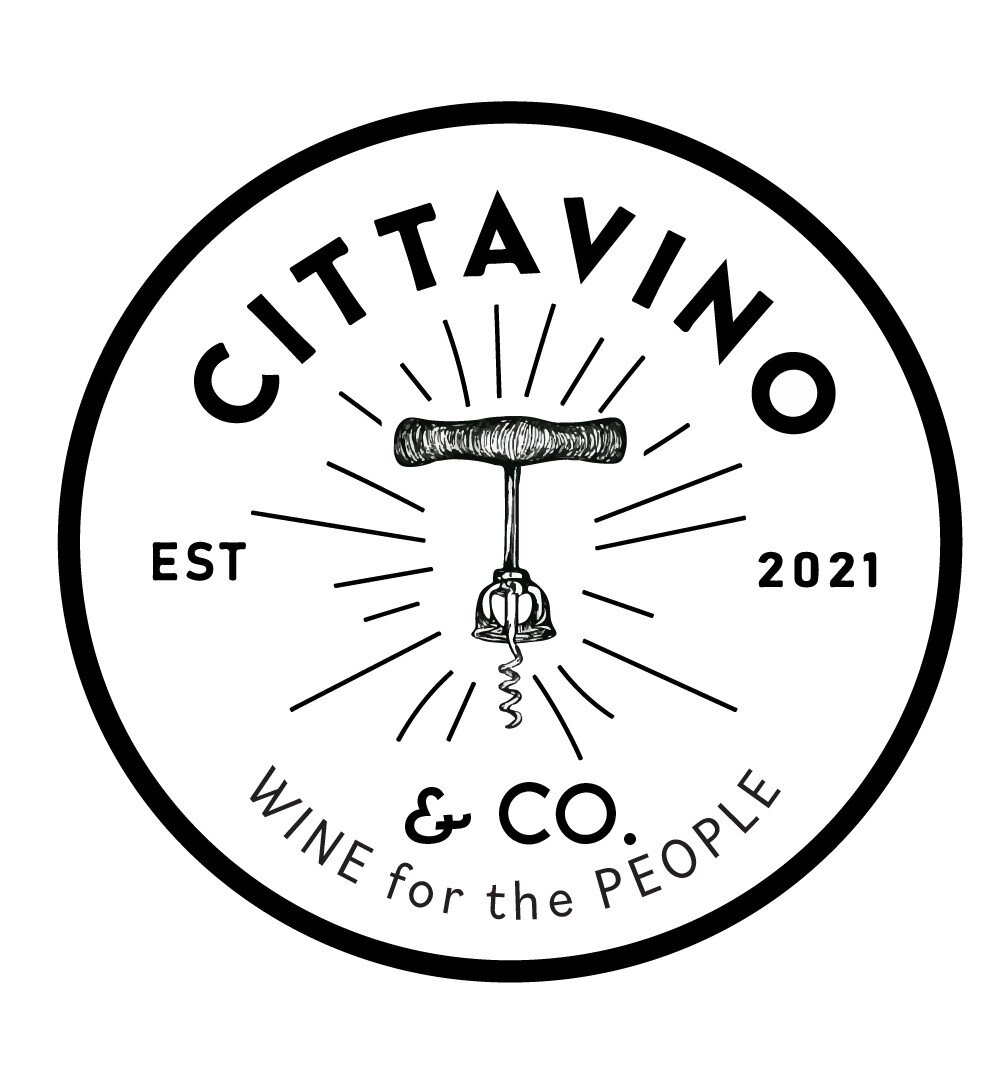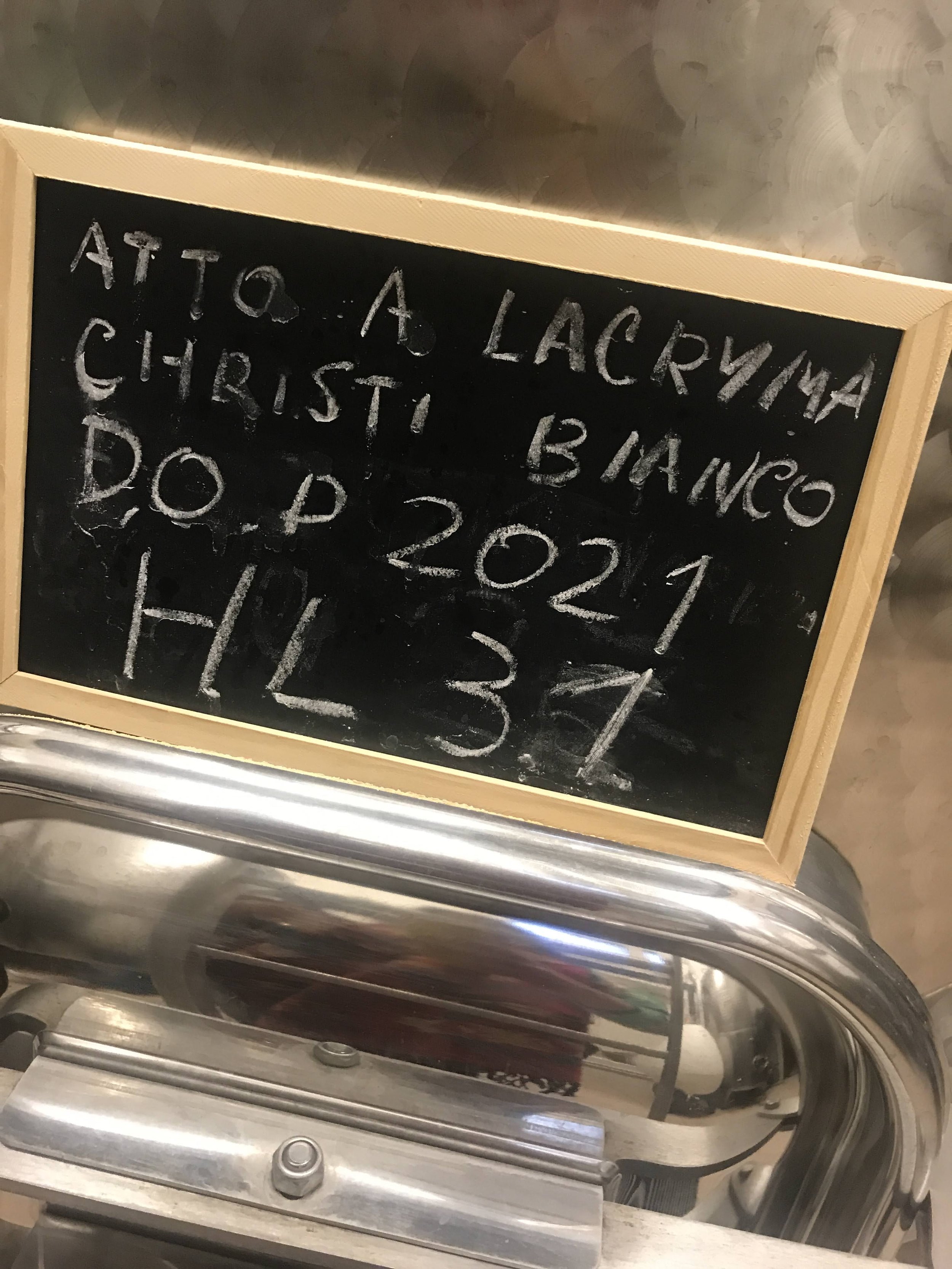MATRONE
Andrea Matrone’s family has jnot just been cultivating vines on the slopes of Mount Vesuvius since the 1700s. Andrea’s great uncle, Gennaro Matrone, is the engineer that contructed the Via Matrone path that leads up to the volcano’s crater. The family name is so tied to the Vesuvio area it’s almost synonymous.
The territory is located in Boscotrecase, in the heart of the Vesuvio National Park. Despite being a revered wine making zone during the epoch of ancient Rome, today the wines are referred to as “vini dei contadini”- farmer wine. Every inhabitant in this zone makes wine, whether it be for commerical production or familt consumption. Andrea still takes a farmer’s approach to the wines: he works the vineyards organically; he is the certified enologist who also makes the wines; and his production is only about 10,000 bottles per year. Oh yeah, and he’s an artist! Andrea paints and designs his own labels.
Andrea cultivates Caprettone and Falanghina for his Lacryma Christi Bianco, and Aglianico and Piedirosso for the Lacryma Christi Rosso. Recently, Andrea had been working with a ultra obscure native grape called Cascaveglia. He discovered plantings in his territory and began to propagate the vine from cuttings. He will soon release the only available Cascaveglia wine to the US market.
From the Importer’s (PortoVino) website:
The Matrone family has been cultivating vines on the slopes of Mount Vesuvius, just east of Naples, since the 1700s. Fast forward to this century, when Andrea Matrone and his cousin Francesco reappropriated the original 18th-century family cantina and 2.3 hectares of vineyards on the southern slopes of Vesuvius. If Etna’s volcanic wines are nobile, Vesuvius’ are wild, with potassium and iron-rich volcanic soils providing funky bitter and salt notes akin to the moss between the teeth of Ewok on an Imperial speeder bike. There’s one bianco made mostly from Caprettone, a part of which sees two days of skin contact, and one rosso (mostly Piedirosso). Farming is in conversion to organic (it will be certified from 2024) and fermentation are from pied de cuve- spontanteous from local yeasts. Total production is 10,000 bottles. This is another compelling, young producer springing from an old family tradition – a combination that increasingly is making some of the most exciting wines in Italy.




